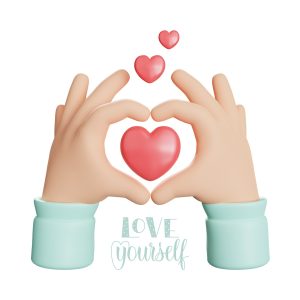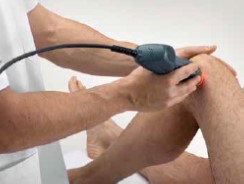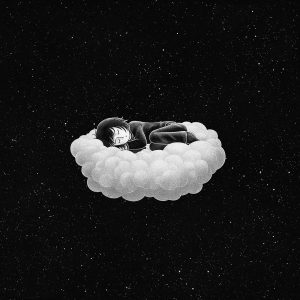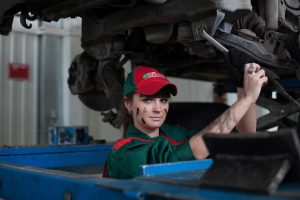As we navigate our busy lives, it’s easy to overlook the importance of regular check-ups for our bodies. Just like a car requires an MOT to ensure it runs smoothly, our bodies can benefit from periodic osteopathic treatment to maintain optimal musculoskeletal health and function.
**What is Osteopathy?**
Osteopathy is a holistic approach to health care that focuses on the musculoskeletal system. Osteopaths use a variety of techniques, including stretching, massage, and joint mobilisation, to alleviate pain, improve mobility, and enhance overall well-being. By treating the body as a whole, osteopathy addresses not just the symptoms but also the root causes of discomfort.
**Why Regular Treatments?**
1. Preventative Care 🔧: Just as regular vehicle maintenance can prevent breakdowns, periodic osteopathic treatment can help identify and address potential issues before they escalate into more serious problems.
2. Enhanced Performance 🥇: Whether you’re an athlete or someone with a sedentary lifestyle, regular osteopathic sessions can improve your physical performance and resilience. This is especially beneficial for those who engage in repetitive activities or suffer from chronic pain.
3. Stress Relief 😌: Osteopathic treatment can significantly reduce stress and tension in the body. By promoting relaxation and improving circulation, it can enhance mental clarity and emotional well-being.
4. Personalised Care 🩻: Every body is unique. Osteopaths assess individual needs and tailor treatments accordingly, ensuring that you receive care that is specific to your lifestyle and health goals.
5. Holistic Approach 🧘🏽♀️: Osteopathy emphasises the interconnectedness of the body’s systems. Regular treatments can help maintain balance and harmony within the body, promoting overall health.
**In Conclusion**
Just like scheduling an MOT for your vehicle, regular osteopathic check-ups can be a proactive measure for your health. Consider incorporating osteopathic treatment into your routine to ensure your body runs smoothly, allowing you to lead a healthier, more active life.










